From 1914 to 1918, the First World War (WWI) was a major war. It was fought amongst major powers of the world, including the United Kingdom, France, Russia, and the United States. The war claimed almost 40 million lives and was brought to an end by an armistice agreement between the Allies and Germany.
World War I was one of the first wars in which air raids were used to target civilian populations for the objective of “strategic bombing.” Additionally, it witnessed the birth of mechanised combat, which had a profound effect on how future conflicts would be conducted. The origins of World War I are complicated and encompass a variety of variables, including nationalism, imperialism, militarism, alliances, expansionism, and technology. In the end, it is viewed as a result of tensions between European countries brought about by two decades of relative peace.
Here are some interesting facts about World War I that you may not know, and it will be interesting to read.
1: World War I was called by many different names.
World War I, often known as the First World War or the Great War, was an international conflict that lasted from 28 July 1914 to 11 November 1918. It was shortened as WWI or WW1. World War I has also been referred to as ‘The War to End All Wars,’ and ‘The War of the Nations.’
2: The First World War lasted from 1914 to 1918.

In 1914, Archduke Franz Ferdinand of Austria was assassinated. This led to what is called the Great War, which was the start of World War I. It started a European war that went on until 1918 because of his death. This killing happened in Sarajevo, which was the capital of Bosnia & Herzegovina.
The war has begun with the Triple Entente – France, United Kingdom, and Russia & other nations. It commenced against the Triple Alliance Austria-Hungary, Germany, and Italy. But, Italy denied taking part in the war; however in May 1915, along with Britain and France, Italy announced the war against Germany and Austria-Hungary.
3: In World War One, 8 million troops killed and 21 million were injured.
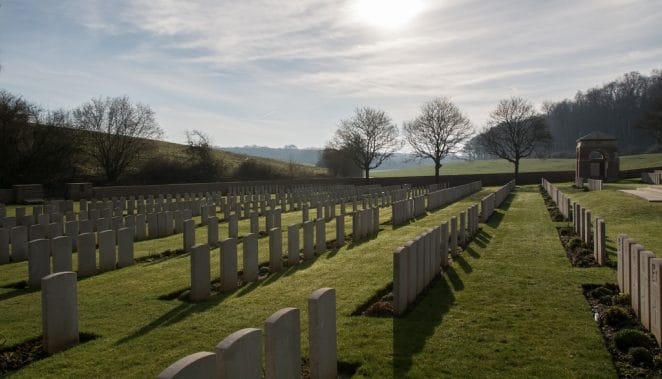
There were 65 million men from over 30 countries who had fought in World War I. In that, almost 8 million lost their lives and 21 million were injured. During the Battle of the Somme, 58,000 British men died on the first day. During World War I, the first chemical weapons were employed. Mustard gas was the chemical involved.
4: Tanks were invented by the British during World War I.

It was highly secret work! Even the manufacturing workers who put the automobiles together were kept in the dark. They were informed that they were developing transportable water tanks for desert combat. Tanks were originally referred to as “landships,” but this was altered to “tanks” in order to confuse the adversary.
5: Tanks were categorised based on their gender.
During World War I, “males” and “females’’ categorization was done by the British tankers, where the male tanks were equipped with cannons, and females were given heavy machine guns. Little Willie was the name of the prototype tank.
6: The skin of women turned yellow.
Prior to World War I, the majority of women stayed at home or worked in domestic service. Then, as more men went out to fight, women were forced to take over their jobs. Women were suddenly working on buses, in offices, and in factories, jobs that would have been frowned upon in normal times. Women who worked in munitions plants were dubbed “canaries” because their skin became yellow when they were exposed to harmful chemicals.
7: The sounds of explosions in France could be heard in London.
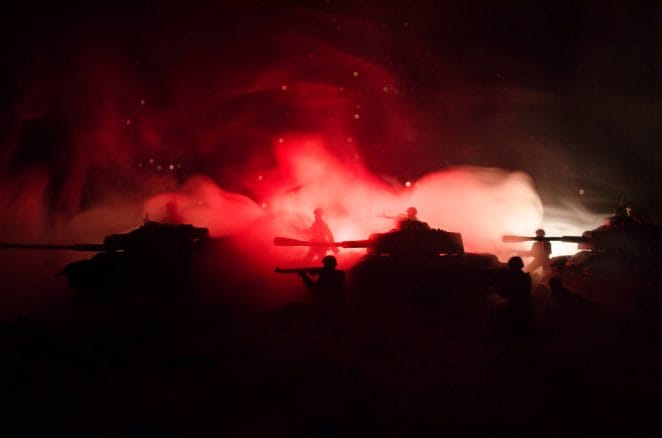
During the war, a group of miners laboured in secret to build tunnels beneath the trenches in order to plant and detonate mines. These miners detonated almost 900,000 pounds of explosives at the same time on Belgium’s Messines Ridge, devastating the German front line. The explosion was so loud and powerful that it was heard 140 miles distant in Downing Street by British Prime Minister David Lloyd George.
8: In WW1, the youngest British soldier was only 12 years old.
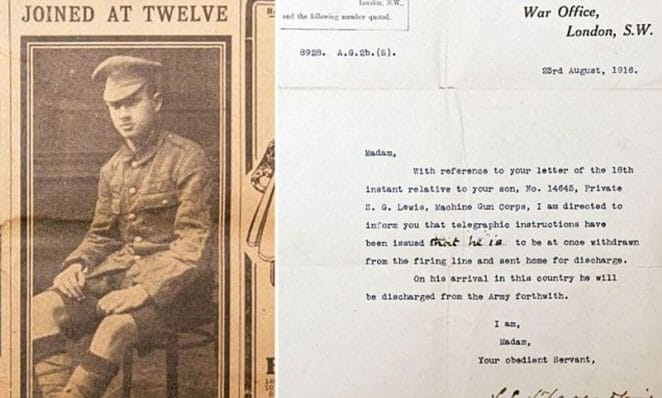
During World War I, over 250,000 minors were authorised to fight. Many young guys lied about their age in order to get a head start on the registration process.
Sidney Lewis, who was only 12 at the time but lied about his age in order to join, was the youngest to do so. Thousands of young men enlisted, the majority of them lied about their age.
Some enlisted for the love of their nation, while others did so to flee their miserable lives.
9: World War I resulted in the invention of plastic surgery.
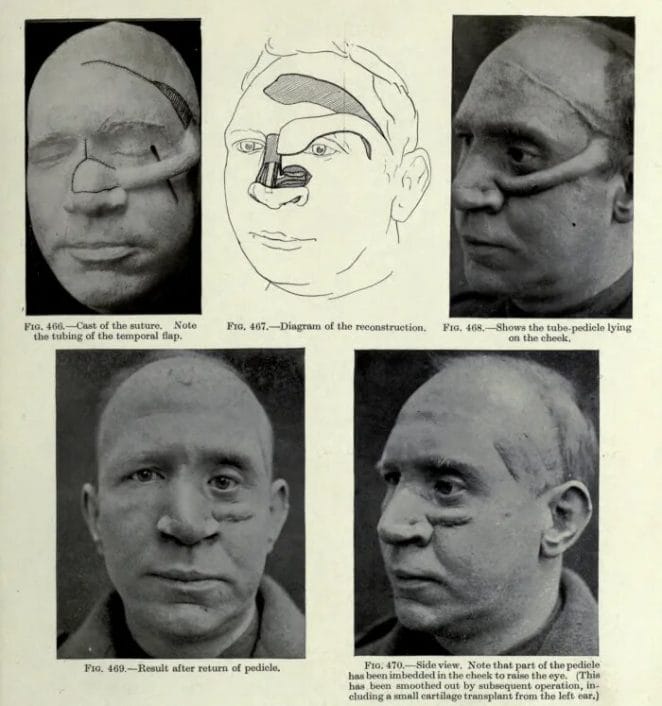
During World War I, a surgeon by the name of Harold Gillies assisted shrapnel victims with horrible face damage, which was one of the early examples of plastic surgery. In WWI, shrapnel caused many facial injuries, and the twisted metal produced considerably worse injuries than a bullet’s straight-line wounds. Dr. Gillies was a forerunner in the field of facial reconstruction.
10: During World War I, blood banks were established.
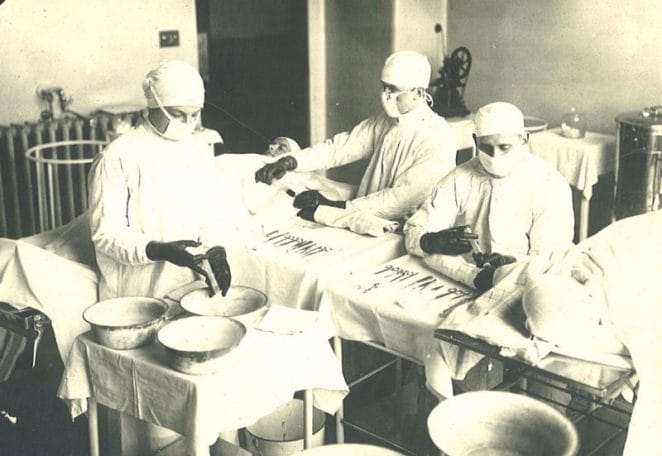
During WWI, blood transfusions were routinely utilised to treat wounded soldiers. Blood was directly transferred from one person to another. Captain Oswald Johnson, a US Army medic, founded the first blood bank on the Western Front in 1917. He used sodium citrate to keep the blood from clotting and becoming unusable. The blood was held on ice for up to 28 days before being delivered to casualty clearing stations for use in life-saving operations on soldiers who had lost a significant amount of blood.
Sources:Wikipedia, kidskonnect





GIPHY App Key not set. Please check settings